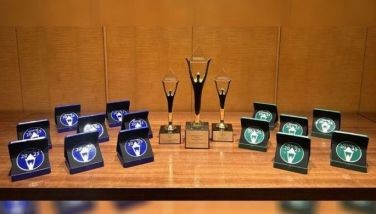The music of 3 Felipes
Felipe Padilla de Leon Sr., son Felipe Mendoza de Leon Jr. and the latter’s son Diwa Felipe III have given musical expression to Filipino ideals, aesthetic values, intellectual life and cultural history for the past three generations.
We recall that as children, many of us, particularly the boys, had already been introduced to the art of playing the guitar for the men, while the female members of the family were introduced to ballet and dance. There is no Filipino, however, who does not excel in the area of singing, so that when companies need to entertain friends, they ask for a Filipino to do the job.
Why then are we remembering all these virtues in the Filipino? The changes in musical style and ideas from the father to son to grandson clearly reflect the changes in taste and sensibility from the post-war era to the second half of the 20th century to the contemporary period.
The music of Felipe Sr. represents a period of intense nationalism when the identity of the Filipino had to be defined and his dignity asserted. He gave musical forms inherited from Europe such as art songs, Habanera (a song form from Havana, Cuba) and Christmas carols. He established a classical tradition based on folk musical forms such as the kundiman.
In the music of Felipe Jr., the strain of nationalism continues. But having witnessed the political repression and abuses that characterized the period before and during Martial Law, he became active in the resistant movement, particularly through music. His long career as Humanities professor also developed in him a more cosmopolitan perspective.
Diwa grew up in a period when composers already had access to the inexhaustible wealth of indigenous musical concepts and forms that our diverse ethnicities offered. He utilized the instrumental and musical resources of the T’boli and integrated them with Afro-American rhymes and world music ideas.
The music of the three Felipes reflects the changes in taste and sensibility, from the post-war era to the 20th century.
Presenting the music of three generations can encourage other families to look at their artistic lineage and make this known to the nation as an inspiration to the next generation, a way of fostering artistic activity and affirming Filipino musical heritage.
(For your comments and questions, e-mail us at bibsyfotos@yahoo.com.)
- Latest
- Trending





























